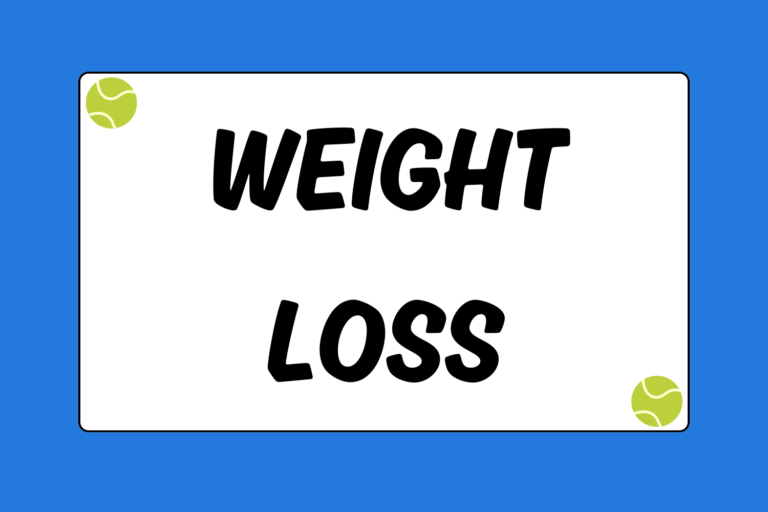The International Tennis Federation (ITF) is the official governing body of tennis. The ITF is responsible for the rules of tennis, which include technical specifications for courts and equipment, and the certification of tennis officials or chair umpires. The rules and regulations set forth by the ITF have been adopted by organizations such as the United States Tennis Association (USTA) and are globally accepted as the standard rules to use when playing tennis. The official Rules and Regulations Handbook is quite complex, but for those looking to just pick up a racquet and start playing, the general gist is included in the text below.
Simplified Rules of the Game
While the rules of tennis are somewhat straightforward, the game itself is very challenging.
Positioning
Players stand on opposite sides of the court. The player who initiates the point by putting the ball in play is the server. The player who stands opposite and across from the server is the receiver.
Coin Toss/Racquet Spin
A coin toss or spin of the racquet determines who has the right to serve, receive serve or select a side of the court on which to begin play. Additionally, the winner of the toss or spin can defer the decision to the opponent and allow them to choose his/her preferences. If the choice of service or receiver is chosen by the winner of the coin toss or racquet spin, the opponent gets to choose which side of the court to start on.
Rules of Service
The official and simplified rules of serving are:
- The match begins with the server.
- For the first point, the server must stand behind the baseline on the right side of the center hash, which is considered the deuce court.
- The server must stand and serve from the boundaries of the singles court (or within the doubles court if playing doubles).
- Even-numbered points are played from the deuce court and odd-numbered points are played from the advantage court, or left side, of the center hash.
- The server cannot serve a ball until the receiver is ready and the receiver is supposed to play at the server’s pace.
- Serves from the deuce court have to land in the deuce court in the opponent’s service box.
- Serves from the advantage court have to land in the advantage court in the opponent’s service box.
- If the server misses the target twice he or she loses the point.
- If the ball hits the net and goes in the correct service box, a “let” is called and another serve is granted. If a let occurs on a second serve, it remains second serve.
- If the server steps on the baseline before contact is made — this is called a “foot fault” — the serve is deemed a fault. If a foot fault occurs on a second serve, the server loses the point.
Receiving
The receiver is considered ready if an attempt is made to return the opponent’s serve. The receiver can stand anywhere on the court, but must let the ball bounce in the service box before attempting to return the serve. If the opponent strikes the ball before the ball bounces on a serve, the server is awarded the point.
Rules of Scoring
Knowing how to properly announce and keep score is a fundamental aspect of playing a competitive or friendly match.
- Calling out the score before the point begins is not mandatory, but is encouraged to limit any confusion or conflict.
- The server calls out his/her score first, followed by the receiver’s score.
- Love means zero in tennis and indicates the player referenced has a score of “0”.
- The first point won earns a score of 15. (For example, if the server won the first point, the score would be 15-0 or 15-Love).
- The second point won by either player is called 30.
- The third point won is called 40.
- If a score of 40-40 is reached, the score is called “deuce,” and should be called out as such, as opposed to 40-40 or 40-All. Once a game goes to deuce, one player must win two consecutive points in order to win the game.
- Advantage-In (Ad-in) indicates that if the server wins the next point, he/she wins the game. Advantage-Out (Ad-Out) indicates that if the receiver wins the next point, he/she wins the game.
Net and Boundary Rules
The net is the only obstacle between you and your opponent, so knowing the rules about the net and boundaries is crucial.
- Except on the server’s first service attempt, any player that hits the ball into the net loses the point.
- If a shot lands outside of the boundaries of the court, the player loses the point.
- If the ball hits the net during the point and lands in the boundaries of the opponent’s court, the ball is considered live and in play.
- A ball struck that hits the line is considered in.
- If at any time during a point, a player touches the net, hits a ball which bounces on his/her side before going over the net, or hits a ball that makes contact with object’s that are not part of the tennis court such as a ceiling or bench, that player loses the point.
- If a ball touches an opponent, the point is awarded to the player that hit the ball.
- If a player is not sure whether a ball landed in or out of bounds and cannot make a definite call, the ball is considered to be in.
Let Ball
If during a point, a ball not in play rolls onto the court, a “let” is called and the point is replayed. The server is awarded two serves.
One Bounce Rule
A player must hit the ball before it bounces twice on his side. If the player cannot make contact with the ball within two bounces, a “not up” is called and the point is awarded to the opponent.
How to Win and Tie Breaks
A tennis match generally is played best two out of three sets. A set is awarded to a player after winning six games by more than two games. If players are tied, 6-6, a seven-point tie-breaker is played, during which the server begins service from the deuce court and only serves one point. After the first point of the tie break, each player serves two consecutive points. As a result, the first of the two service points will always occur in the advantage court and the second starts from the deuce court. After every six points, players switch sides of the court. The winner of the tie-break is the first to win seven points by more than two points.
Swing Away
It’s crucial to understand the rules of the game before you go out and hit, but if the regulations seem complex and overwhelming to you, don’t fret. You don’t need to bring a copy of the rulebook onto the court in order to have fun. Once you become comfortable running around the court and swinging a racquet, you’ll understand why certain rules were implemented and the game will become more natural to you.





